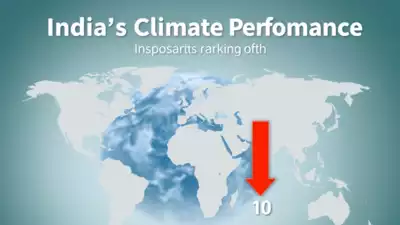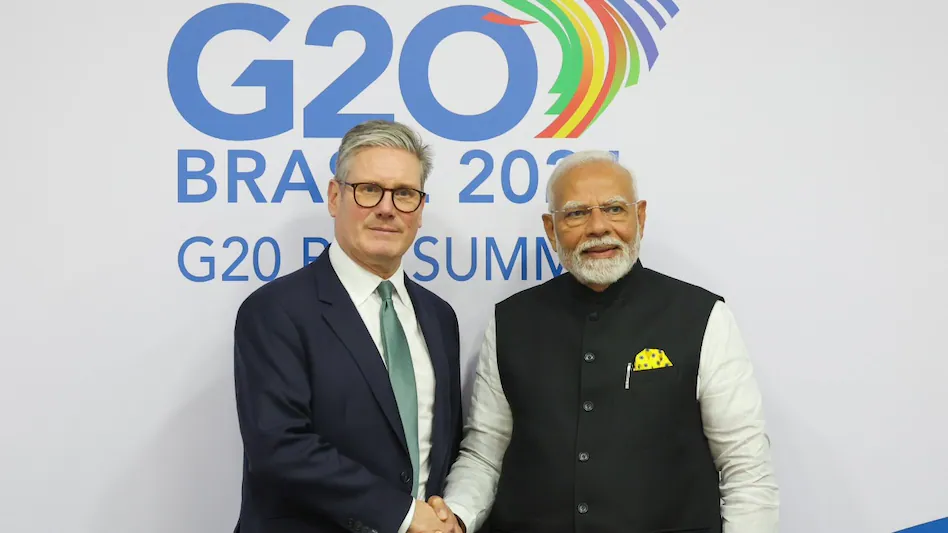Solar imports could soar to $30 billion annually as India targets 2030 renewable goals: GTRI

In the fiscal year 2023-24, India increased its solar capacity by 15 GW, reaching a total of 90.8 GW by September. This marks a remarkable progression from the mere 2.8 GW capacity recorded in 2014.
Ajay Srivastava, the founder of GTRI, highlighted that despite the introduction of initiatives such as the PLI scheme to enhance domestic manufacturing in India, their effectiveness remains constrained due to heavy dependence on imported components.
India aims to achieve a remarkable target of setting up 500 GW of renewable energy capacity by 2030. This ambition could potentially propel the nation’s yearly solar equipment imports to approximately $30 billion, largely attributed to its significant dependence on Chinese products, as highlighted by the Global Trade Research Initiative (GTRI). The organization underscores the imperative for India to establish an independent solar manufacturing sector, especially focusing on essential segments like polysilicon and wafer production. Failing to do so may result in India grappling with exorbitant import expenses, thereby putting its renewable energy objectives at risk.
India’s clean energy manufacturing sector is facing adverse effects due to Chinese predatory pricing, hindering the country’s initiatives to boost domestic manufacturing through the Production Linked Incentive (PLI) scheme. A recent article by time.com highlighted the concerns, mentioning that the United States has recommended India to strengthen and safeguard its clean energy manufacturing industry. Notably, the Indian government has allocated more than $4.5 billion via the PLI scheme to bolster this emerging sector.
In the fiscal year 2023-24, India expanded its solar capacity by 15 GW, elevating the total to 90.8 GW as of September. This growth is remarkable compared to the mere 2.8 GW recorded in 2014. Nevertheless, GTRI suggests that to reach the 500 GW goal by 2030, the nation needs to boost installations to 65-70 GW per year, with solar energy anticipated to contribute to over 80% of this capacity. The report expressed skepticism about this target, particularly due to India’s reliance on imports, which could potentially escalate solar imports to $30 billion annually.
The 2023-24 Economic Survey pointed out that China has been witnessing a growth in its manufacturing trade surplus since 2019, primarily due to sluggish domestic demand and an expansion in industrial capacity. The report highlighted the increasing gap between supply and demand within China, driving Chinese enterprises to explore foreign markets. During the same period, India imported solar products amounting to $7 billion, with China accounting for 62.6% of the supplies. Given China’s strong position in the global solar manufacturing sector—holding a staggering 97% share of polysilicon production and 80% of solar modules—it poses a significant challenge for other nations to compete in this market.
Despite the introduction of initiatives such as the PLI scheme aimed at enhancing domestic manufacturing in India, GTRI founder Ajay Srivastava highlighted that these endeavors have shown minimal effectiveness due to the prevalent dependence on imported inputs. The report highlighted that the solar manufacturing industry in India is still at a nascent stage, with the majority of projects relying on imported solar modules that are preassembled. In the previous fiscal year, India imported solar modules, cells, inverters, cables, and other crucial components amounting to $4.4 billion.
The report revealed that the majority of solar manufacturing in India, almost 90 percent, comprises the assembly of modules using imported cells, with a mere 15 percent attributed to local value addition. It also highlighted the limited number of Indian companies engaged in commercial-scale production of solar cells, none of which are involved in manufacturing cells entirely from domestic materials. Srivastava stressed the importance of India venturing into solar cell production from the initial stage of silica refining, which includes expensive and energy-intensive procedures like polysilicon production, in order to decrease dependency on imports.
Srivastava emphasized the significance of boosting local manufacturing of crucial components such as aluminum frames and glass through extensive research, development endeavors, and substantial governmental backing. According to the findings, India continues to rely heavily on China as its primary source of solar materials, with Vietnam, Malaysia, and Thailand trailing behind. In a bid to decrease its dependence on China, India has implemented tariffs of 40 percent on solar modules and 25 percent on solar cells. Notably, imports from ASEAN nations are not subject to these levies due to the existing India-ASEAN free trade agreement.
In its recommendations to enhance local manufacturing, GTRI proposed various measures such as boosting upstream solar production, broadening the PLI scheme, and fostering a skilled labor force. Srivastava also highlighted the importance of India partnering with nations like the US, the EU, and Japan to establish large-scale solar manufacturing facilities. The global transition towards renewable energy, spearheaded by the US, EU, Japan, and India, heavily leans on solar energy, a key component of most countries’ renewable energy portfolios. China, holding sway over 80% of the global solar production, remains a major player in the field, having exported solar modules valued at $39.5 billion in 2023 alone.














